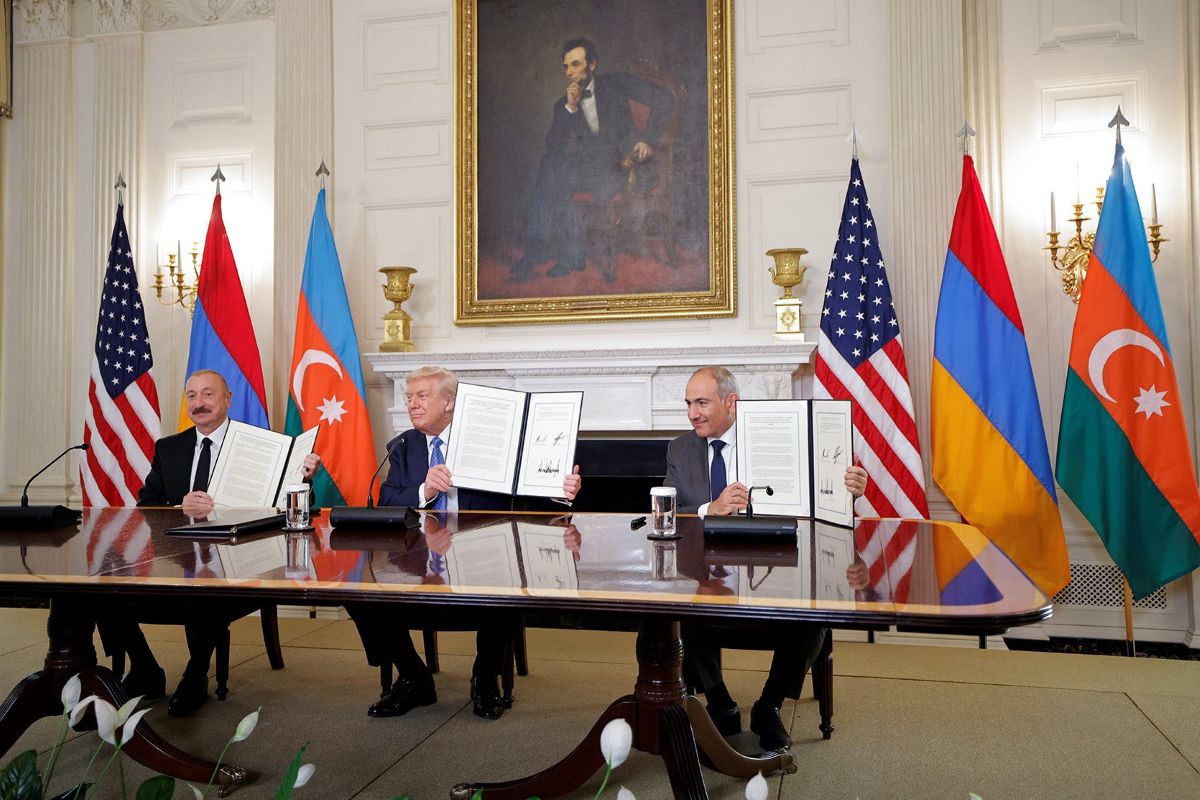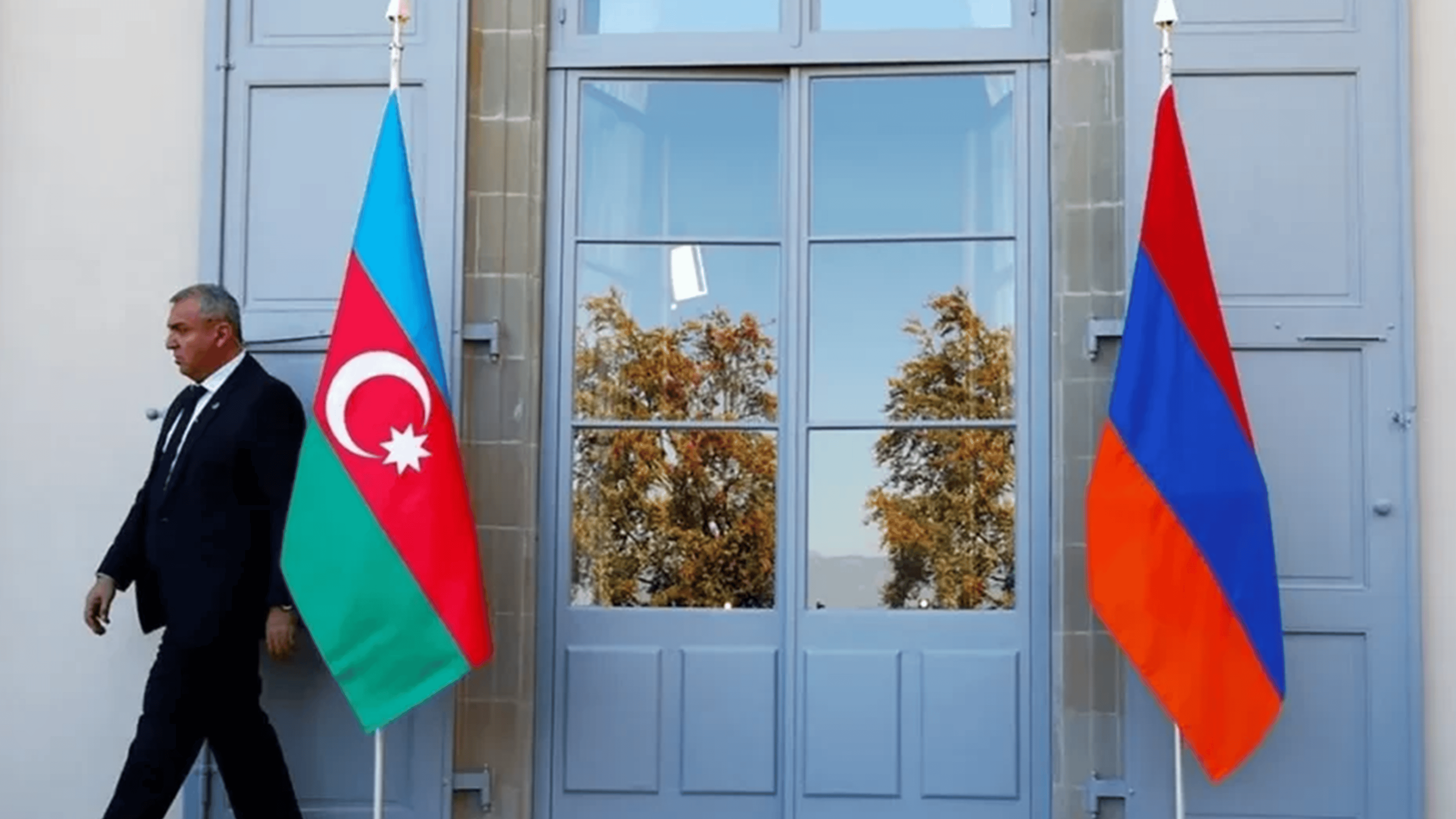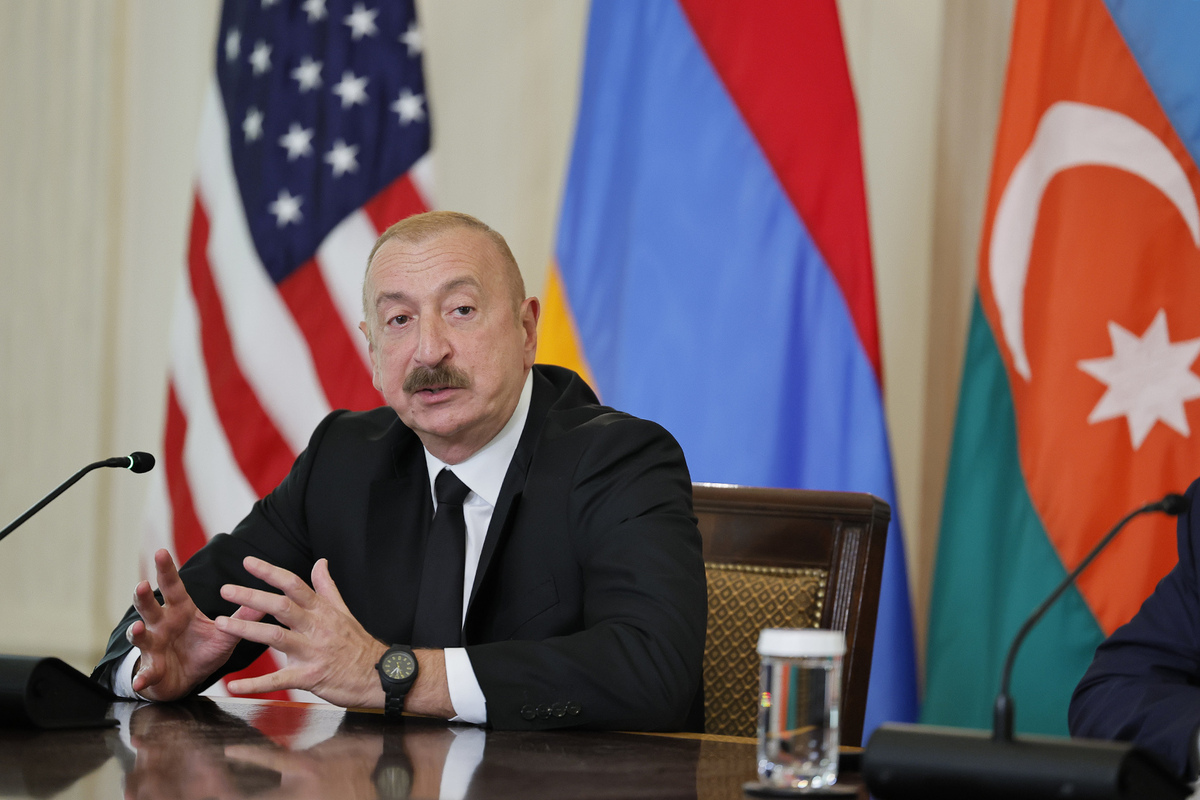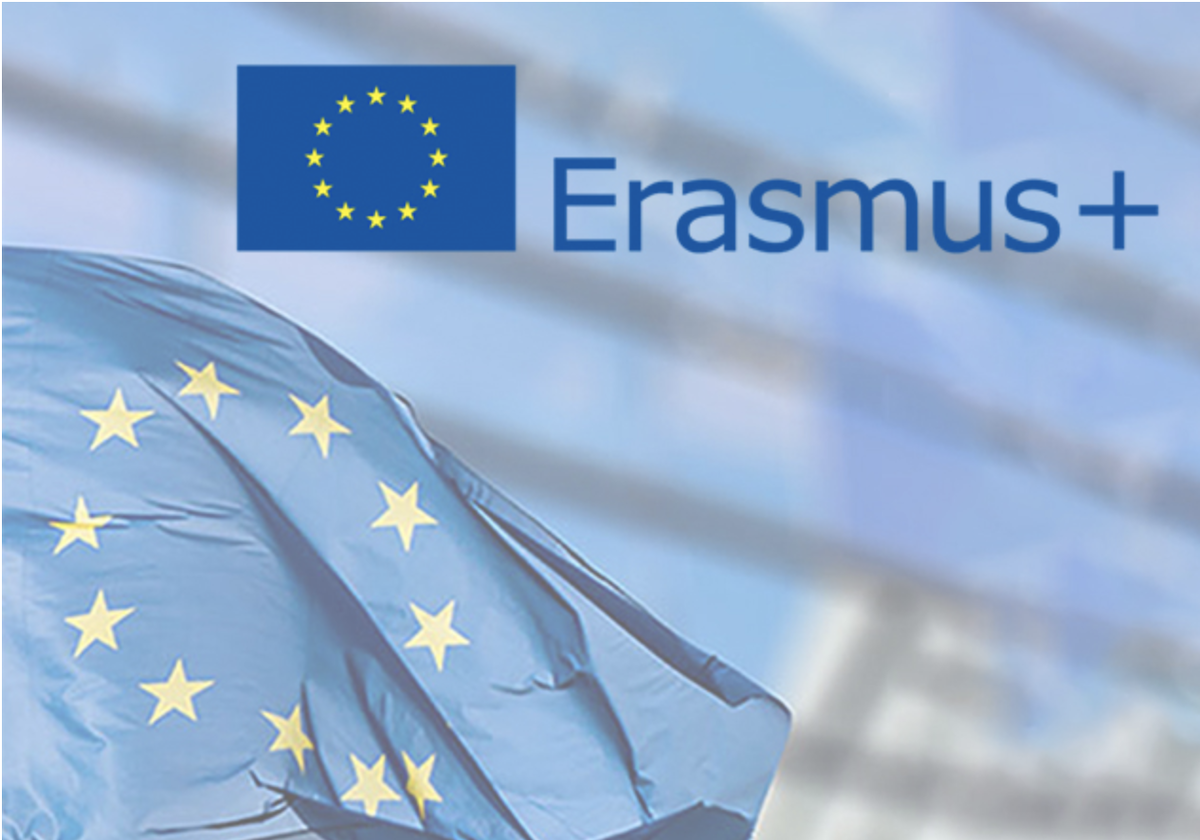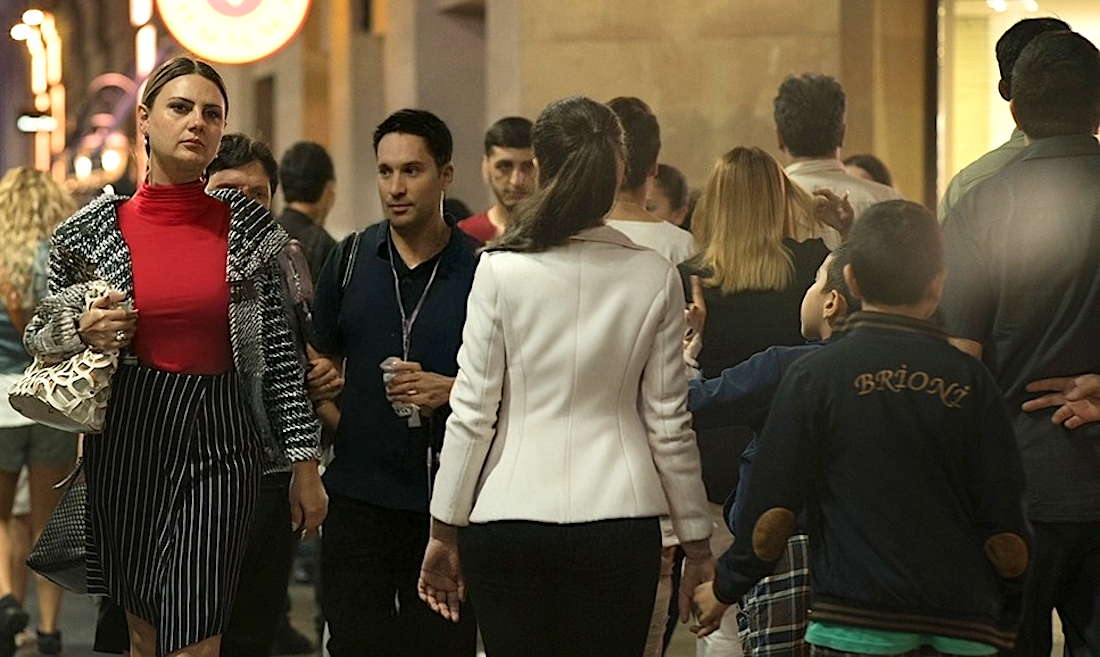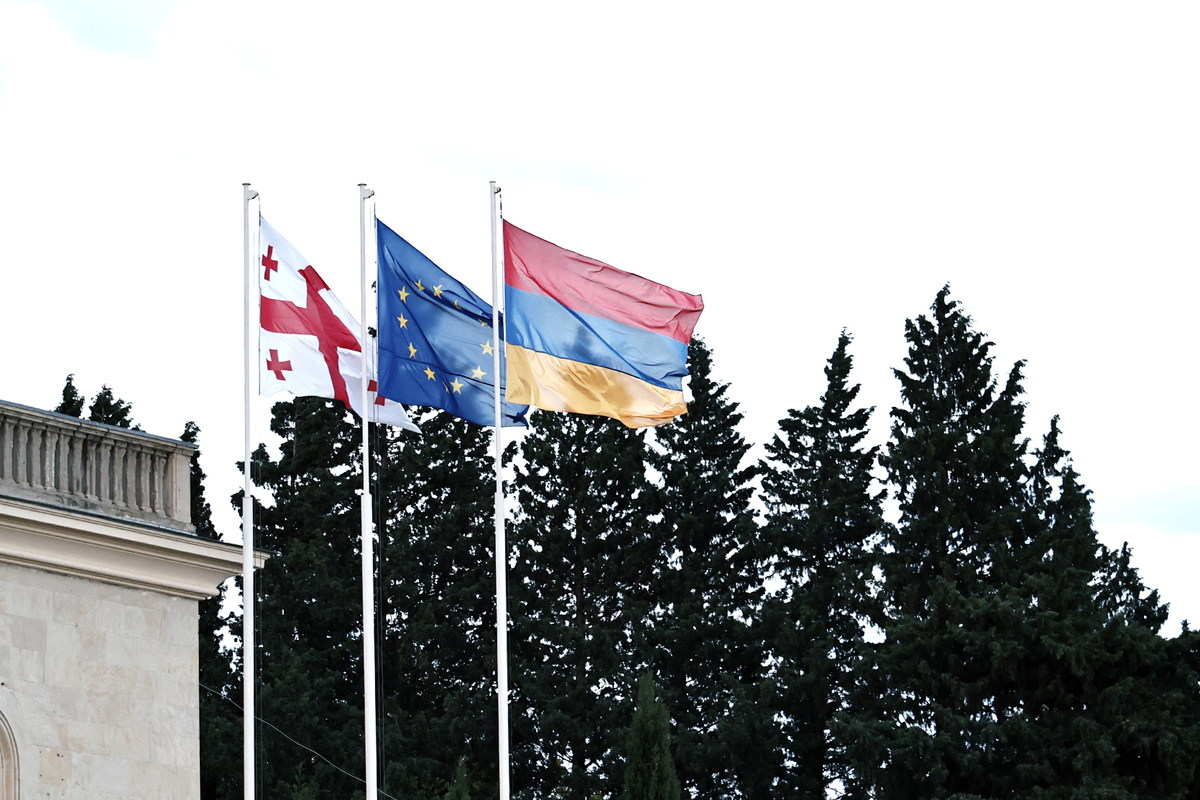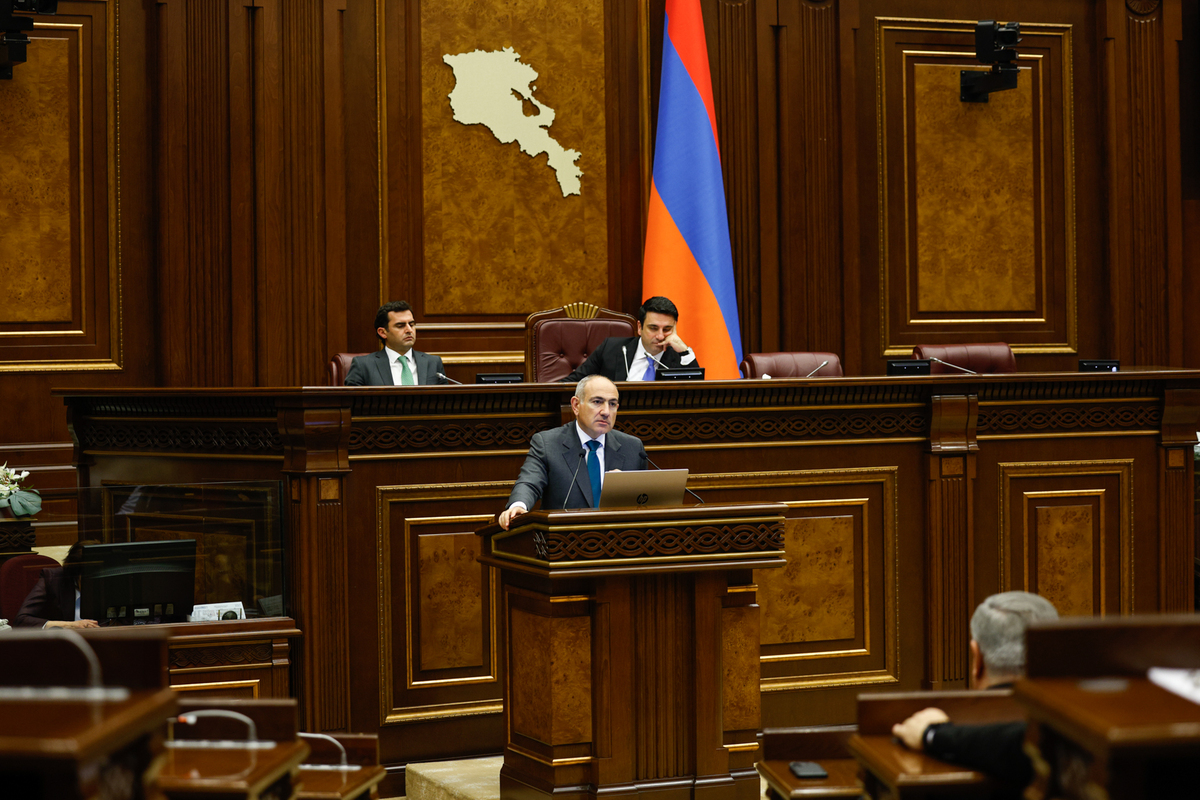Return of Karabakh Armenians: Balasanyan’s remarks, challenges and future outlook
Return of Karabakh Armenians
Former secretary of the security council of the now-dissolved, self-proclaimed “Nagorno-Karabakh Republic”, Vitaly Balasanyan, has said in a recent statement that he hopes Armenians who fled Karabakh will one day be able to return to their land.
He stressed that the trilateral ceasefire declaration of 9 November 2020 remains in force.
The trilateral agreement was signed by Azerbaijan, Armenia and Russia, bringing an end to the Second Karabakh War (the 44-day war) between Azerbaijan and Armenia. Here is a detailed look at the key points of that agreement, and what Azerbaijan and Armenia gained after the ceasefire was signed.
Balasanyan expressed confidence that the provisions of the agreement will be implemented. He said he hoped that the right of displaced persons and refugees to return, as set out in the document, would be fulfilled.
Addressing the issue of security, Balasanyan noted that “there is no absolute peace or absolute security anywhere in the world”.
He said that if sufficient security guarantees were in place, he would “definitely return” to Karabakh himself.
Balasanyan has also sent a letter to Russian President Vladimir Putin, asking him to ensure the restoration of the right of return for those who fled Karabakh and to provide security guarantees in line with the UN Charter.
How realistic is the return of Armenians to Karabakh?
The terms and place names used in this JAMnews article, as well as the opinions and ideas expressed, reflect solely the position of the author or the specific community, and do not necessarily represent the views of JAMnews or its individual staff members.
Who is Vitaly Balasanyan, and why does his statement matter?

Vitaly Balasanyan is a prominent figure in both the military and political history of the Karabakh conflict. He fought in the First Karabakh War, served as a general, and received the title of “Hero of Artsakh.”
Between 2016 and 2019, and again from 2020 to 2023, he served as secretary of the security council of the self-proclaimed Nagorno-Karabakh Republic, which Karabakh Armenians call Artsakh.
In this role, Balasanyan oversaw the security of the Armenian community in Karabakh.
He also served for many years as a member of the parliament of the unrecognised entity and repeatedly ran for the post of “president of Artsakh.”
Because of this experience, Karabakh Armenians take his statements seriously.
His recent comments suggest he may be moving away from his previously hardline views.
A commander once known for sharp rhetoric against the Azerbaijani authorities now acknowledges the current reality. He refers to the peace declaration, which guarantees the rights of the local population and the possibility of return.
Balasanyan’s words carry weight because they set a more optimistic tone about the future of Armenians in Karabakh.
He believes that if the agreements are fully implemented, tens of thousands of Armenians who left the region after the war could return.
Azerbaijan’s position: under what conditions is a return possible?
ОOfficial Baku has repeatedly stated that Armenians who left Karabakh can return and live in their homes if they wish, but certain conditions apply.
Authorities stress that return is possible only if individuals accept Azerbaijani citizenship.
In other words, Baku is willing to treat Armenians who lived in Karabakh as its citizens, provided they obey the country’s laws.

Azerbaijani President Ilham Aliyev told Euronews on 23 November 2023 that if the Armenian side wants to discuss the rights of Karabakh’s Armenian population, the agenda must also include the rights of Azerbaijanis who were expelled from Armenia.
He said that the issue of refugee returns can only be resolved on a reciprocal basis.
“We propose to mutually guarantee the rights and security of both national minorities — the Armenian minority in Azerbaijan and Azerbaijanis who were once expelled from Armenia, including the right to return.
In other words, this concerns not only the return of Armenians to Azerbaijan but also the return of Azerbaijanis to Armenia.”
Azerbaijani officials have repeatedly stressed on international platforms that Armenians left Karabakh “of their own free will.” They claim that no force was used and that the population departed voluntarily.
However, international observers and human rights organisations consider this claim questionable.
They point out that months of blockade, shortages of food and medicine, and fear of sudden attacks effectively forced the Armenian population to leave the region.
Despite this reality, Azerbaijan’s Ministry of Foreign Affairs emphasises in official statements that any Armenian resident has the right to return if they obey the country’s laws. The state promises to protect their rights on an equal basis with other citizens.
Is a mass return possible?
This scenario appears to be the most challenging.
It involves thousands of Armenians resettling in Karabakh and living there as a community, as they did before.
Considering the current positions of Baku and Yerevan, as well as the sentiments among Karabakh Armenians, such a scenario does not seem realistic in the foreseeable future.

First of all, there is no widespread desire to return within the Armenian community itself.
As the Armenian service of Radio Free Europe/Radio Liberty reported in February 2024:
“Of the thousands of Armenians who left Karabakh, none have so far expressed an intention to return. People are trying to settle in Armenia, while some have moved to other countries. In short, they are forced to build their lives without Karabakh.
This attitude could change only if serious positive developments occur in the region: the signing of a peace agreement, the creation of international security mechanisms, and steps by Baku to build trust — for example, amnesty, language rights, guarantees for preserving cultural heritage, and other gestures.
Mass return also requires infrastructure. Today, a significant part of housing in Karabakh stands empty, while some has been destroyed. Utilities are limited. Even residents who stayed after the 2020 war faced shortages of food and fuel during the 2023 blockade.
Now imagine 50,000 people returning and settling in Stepanakert and its surroundings. Who will provide their food? Where will they find jobs? Who will handle administrative management? These questions remain unanswered.”
Azerbaijan will agree to mass return only if it maintains full control over the region’s administration. The returning Armenians must not demand any special political status.
Realistically, mass return can become a topic of discussion only after a full resolution of the peace process and normalization of relations between Armenia and Azerbaijan.
At this stage, individual and symbolic returns are far more likely.
‘The great return’ and the parallel return of two communities
The question of returning Karabakh Armenians is inevitably considered alongside the process of returning Azerbaijani internally displaced persons (IDPs) to their homes.
After the 2020 war, the Azerbaijani government launched a state programme called “The Great Return” to resettle refugees in the territories recaptured during the conflict.
As part of this programme, authorities have already restored infrastructure in several villages and towns, where IDP families have begun to move in.
For example, the village of Agaly in the Zangilan district became the first pilot project and was rebuilt in 2022. Dozens of families have already resettled there.
According to official figures, thousands of IDPs have returned to their lands. In the coming years, authorities plan large-scale reconstruction of district centres in Lachin, Kalbajar, Fuzuli, Aghdam and the start of mass repatriation.
This raises a question: if Karabakh Armenians also return, how would the parallel return of the two communities work?
Theoretically, if both Azerbaijanis and Armenians resettle in their former homes, Nagorno-Karabakh could once again have a multiethnic demographic structure.
Before the 1990s war, during the Soviet period, the Nagorno-Karabakh Autonomous Oblast had a population of roughly 76% Armenians and 21% Azerbaijanis.
Armenians were the majority in Stepanakert, Khojavend (Martuni), Agdere (Mardakert), and Askeran. However, Shusha, Khojaly (Ivanian) and parts of the Gadrut district had significant Azerbaijani communities.
The 1988–1994 war led to the complete expulsion of Azerbaijanis from Karabakh. In 2023, Armenians left the region. Both communities ended up displaced from their ancestral lands.
In this context, “great returns” could be seen as restoring historical justice: both peoples returning to their ancestral territories. However, implementing such a process requires an extremely delicate approach.
Azerbaijan’s priority is clear: the return of its own IDPs first.
The state budget and international partners are providing significant funding for reconstructing destroyed Azerbaijani towns and villages, building roads, and clearing mines.
All these works are carried out under full Azerbaijani control. Azerbaijani law applies across the entire territory, including Stepanakert (Khankendi). The region is integrated into the administrative system as the “Karabakh Economic Region.”
Under the new reality, Azerbaijan plans to restore Aghdam and return its former Azerbaijani residents. Shusha has been declared the country’s cultural capital, and hundreds of families are relocating there. New Azerbaijani settlements are being built in Gadrut and Khojavend.
Currently, the region has no Armenian population.
If the issue of returning Armenians arises, practical questions will emerge: where would Armenian families be accommodated?
Many of their former homes in Stepanakert are now empty. But Azerbaijani authorities plan to resettle Azerbaijanis who left the city in the 1990s.
The return of Armenians to Shusha is especially sensitive.
Shusha is a symbol of the war, and Azerbaijani society may strongly oppose Armenians living there. Armenians returning to Aghdam is also out of the question, as it was entirely an Azerbaijani city.
Potential areas for Armenian return are therefore limited to places where they previously lived in compact communities: Stepanakert (Khankendi), Askeran district, the centre of Khojavend district (Martuni), Agdere district (Mardakert), and nearby settlements.
Administration and allocation
For the two communities to live together in the same territory, authorities must resolve questions of administration and allocation.
Government services, schools, and municipal structures need to accommodate a multiethnic population.
For example, what language would children of returning Armenians be taught in?
Azerbaijan’s constitution designates Azerbaijani as the only state language. However, the government allows limited education in other languages for ethnic minorities, including Russian, Georgian, and Lezgin schools.
If a mass return occurs, Armenians will likely demand the right to education in their own language. This issue is sensitive. Some Azerbaijanis could interpret it as the start of demands for autonomy or a special status.
On the other hand, if authorities do not provide this option, Armenian families may refuse to send their children to Azerbaijani-language schools. This could become a major obstacle to their return.
Resolving such complex issues requires a coordinated and consistent policy.
So far, Azerbaijan has stated firmly: “Armenians can return, but they must obey the country’s laws, like everyone else.” Baku does not plan to create a separate mechanism for their return. Authorities would allow the process only on an individual basis.
Armenia, meanwhile, avoids direct involvement and does not advocate strongly for its refugees.
Armenia aims to avoid jeopardising the fragile peace.
Under these conditions, international organisations and civil society groups would likely take the lead if any return occurs.
For example, EU representatives could organise voluntary return programmes for Karabakh Armenians and other refugees through the UN High Commissioner for Refugees (UNHCR).
In mid-2024, EU special representative Toivo Klaar made statements about a “safe and dignified return for Armenians,” which sparked discontent in Baku.
Azerbaijan’s Ministry of Foreign Affairs stressed that authorities must consider the return of Karabakh Armenians alongside the return of Azerbaijanis expelled from the Armenian SSR. The ministry rejected European officials’ position that “these issues should not be mixed.”
For Azerbaijan, the situation effectively becomes a matter of diplomatic bargaining: either everyone returns, or no one does.
In practice, Baku is unlikely to allow a mass return of Karabakh Armenians. The authorities consider the issue resolved militarily. They see any return as a potential reopening of a sensitive problem.
Therefore, Azerbaijan prefers mutual non-return. Armenians stay in Armenia, while Azerbaijanis remain in the territories recaptured by Baku.
Prime Minister Nikol Pashinyan reflects this reality. He says that discussing the return of refugees could create new tensions and destabilise the peace achieved so far.
Return of Karabakh Armenians










